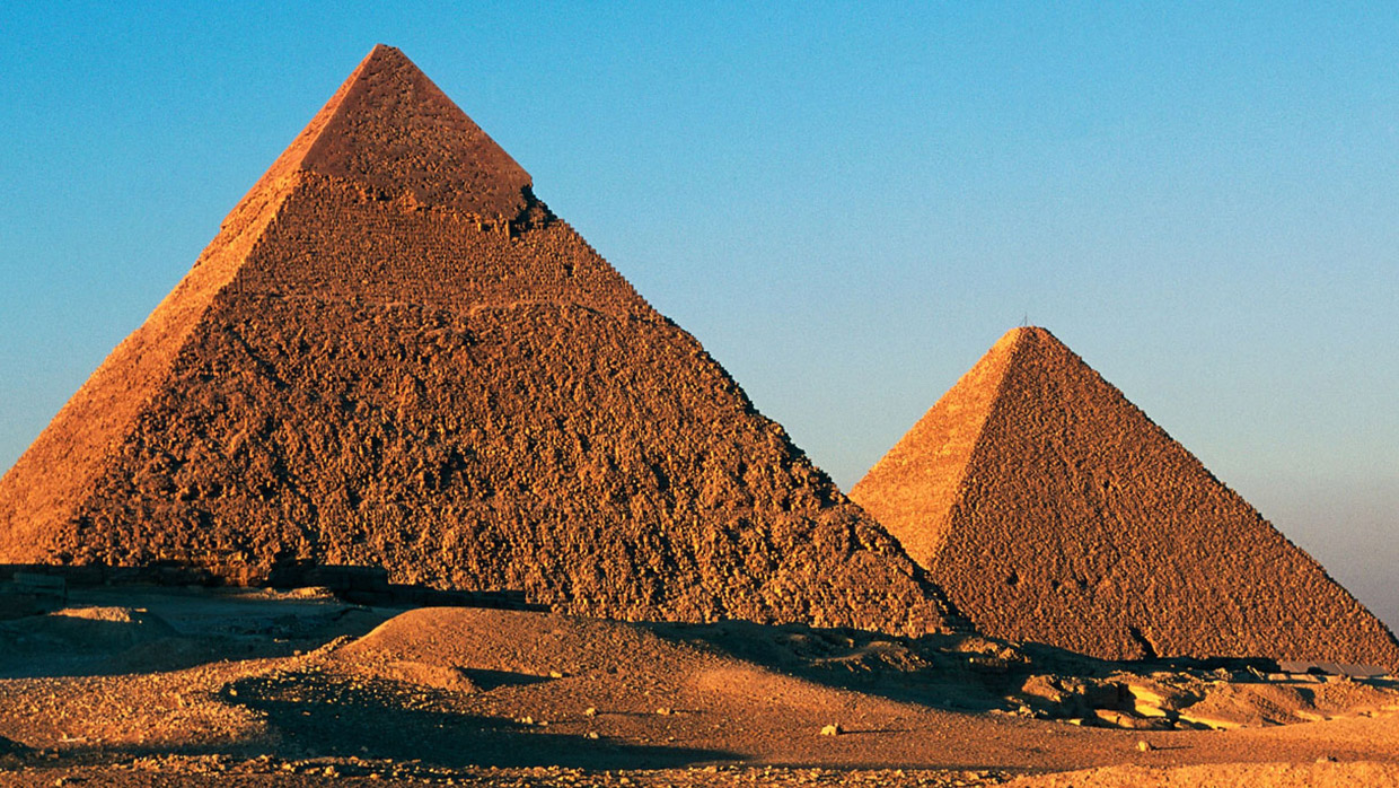Key Takeaways:
- One of the most effective ways to teach middle school students about ancient civilizations is by connecting history to the present day.
- Featuring engaging stories and enriching lessons, Junior Scholastic is a great way to make teaching about ancient civilizations exciting and relevant to your students.
- ·With Junior Scholastic, you’ll not only capture your students’ attention, you’ll reach every learner through a variety of differentiation tools, such as multiple reading levels, and videos with closed-captioning.
Make teaching about ancient civilizations exciting and relevant to today’s middle school students with these engaging free resources from Junior Scholastic magazine. Made specifically for grades 6–8, Junior Scholastic builds knowledge, skills, and engagement with high-interest nonfiction stories that bring your social studies curriculum to life. Plus, every issue comes with flexible, timesaving print and digital teaching tools to help you meet your instructional goals.
Teen Queen
Introduce your students to a real-life teen queen, Cleopatra.
“She was young and bold, but could she save her once-mighty empire?” That’s the theme of our read-aloud play, “Egypt’s Last Queen.” Your class will love the juicy roles and dramatic dialogue as they reenact one of the most important stories from ancient history.
“The play’s the thing,” as Shakespeare wrote, but it’s not the only thing in this lesson. Junior Scholastic gives you a step-by-step lesson plan, four language arts activities, a map, and an answer key.
Bling King
Ask your students to name the richest person who ever lived and you’ll probably hear the names of current athletes, entertainers, and business founders. You’re sure to surprise and amaze them when you introduce Mansa Musa as the wealthiest person of all time.
This 14th-century African emperor and natural-resources magnate is the subject of our story “The Bling King.” It touches on everything from economic and religious history to leadership and world geography—with a few fun celebrity facts to add teen appeal. It’s a great way to explore how ancient and modern civilizations are similar. Along with the story, you’ll receive a lesson plan, map activity, vocabulary worksheet, quiz, a lower-level version, and more.
Secret Jungle
Next, you can take your class on an expedition into the remote tropical rainforests of Central America for history-making discoveries about the Maya. “Jungle of Secrets” tells the story of how archeologists recently used lasers, a high-tech plane, and 3D maps to uncover new revelations about this American Indian people. Your students will learn the Maya were far more interconnected and numerous than anyone knew before!
With our original video, “The History of the Maya,” you’ll transport your class to the site of this rich civilization. With our lesson plan, activity on citing text evidence, and more, you’ll turn students’ fascination into learning progress!
Frozen City
Another topic that always fascinates students is natural disasters. One of the most historically significant is the eruption of Mount Vesuvius, which destroyed—and then preserved the ruins of—the Roman city of Pompeii in 79 A.D. It’s still “the most dangerous volcano in the world,” a scientist tells Junior Scholastic. It’s also still yielding incredible findings about life in ancient Rome.
Our lesson “Pompeii’s Secrets” features:
- A vivid description of the eruption and its destructive impact—ash and gas flowed at 100 miles per hour!
- The 19th-century archeologist’s discovery of the ruins, which included intact eggs and loaves of bread, as well as, famously, skeletons inside outlines of townspeople “frozen” in time.
- New historical insights—made possible by cutting-edge science—on the Pompeiians’ diet, ethnicities, and occupations.
- The race by present-day experts to save the ruins from the ravages of time and tourism.
Rounding out our exploration of Pompeii are a lesson plan, knowledge-building video, map activity, “Know the News” worksheet, an activity about analyzing a primary source, and more.
Try Junior Scholastic Free
Once you and your students try all these amazing resources, you’ll know why so many teachers use Junior Scholastic in their middle school classrooms. With each issue, we help create learning excitement about curricular topics from history to civics, geography, science, social-emotional learning, and more. Plus, Junior Scholastic Digital gives you unlimited access to multiple reading levels, knowledge-building videos, and more, all with Google Classroom integration.
Try Junior Scholastic in your classroom and make history relevant to today’s teens. Start a FREE 30-Day Trial!
